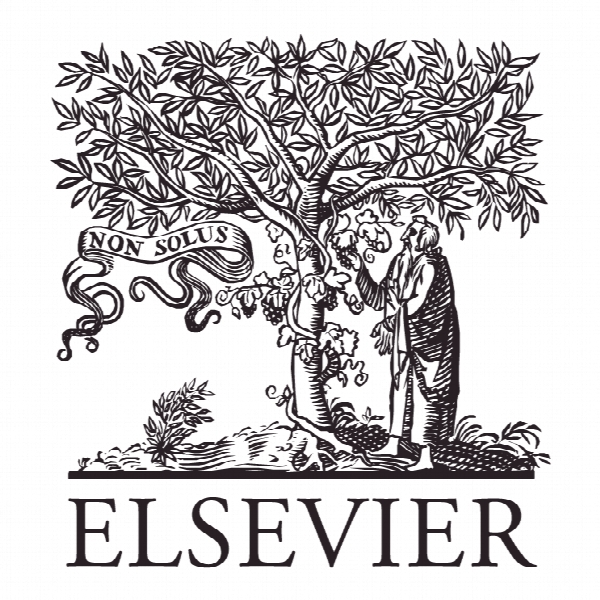تهدید Stereotype به عنوان یک مانع برای ورود زنان به حرفه مهندسی Stereotype threat as a barrier to women entering engineering careers
- نوع فایل : کتاب
- زبان : انگلیسی
- ناشر : Elsevier
- چاپ و سال / کشور: 2017
توضیحات
رشته های مرتبط علوم اجتماعی
گرایش های مرتبط جامعه شناسی
مجله رفتار حرفه ای – Journal of Vocational Behavior
دانشگاه کالج Springfield، ایالات متحده
نشریه نشریه الزویر
گرایش های مرتبط جامعه شناسی
مجله رفتار حرفه ای – Journal of Vocational Behavior
دانشگاه کالج Springfield، ایالات متحده
نشریه نشریه الزویر
Description
Stereotype Threat as a Barrier to Women Entering Engineering Careers Careers in Science, Technology, Engineering, and Mathematics (STEM) fields rank among the fastest-growing nationally (Bureau of Labor Statistics, 2014). Yet, the problem of inconsistent support and encouragement often poses a barrier for women to enter STEM careers and leaves them underrepresented in STEM fields, especially in computer sciences, mathematics, and engineering (National Science Board, 2012). Research about factors contributing to such underrepresentation is important given increased employment opportunities in STEM fields, increased need for professionals working in STEM fields, and issues of gender inequity. Women graduate college at a higher percentage than men (57% vs 43% respectively), yet they represent only 18% of engineering and computer science graduates and 19% of physics graduates (National Science Foundation, 2013). A U.S. Department of Education report found that women were more likely than men to leave STEM majors by switching to non-STEM majors (Chen, 2013). This occurrence has led to increased research on factors that promote women’s interest, retention, and success in STEM-related career fields. Social Cognitive Career Theory (SCCT; Lent, Brown, & Hackett, 1994) has guided much research in this regard. Proponents of SCCT have been especially interested in examining the role of proximal contextual influences in the career development of individuals historically underrepresented in STEM fields (Byars-Winston & Fouad, 2008; Lent, Brown, & Hackett, 2000). Such influences in the form of barriers have been shown to directly predict self-efficacy and, indirectly through selfefficacy, predict choice goals and actions (Lent et al., 2003, 2014; Lent, Singley, Sheu, Schmidt, & Schmidt, 2007). Self-efficacy, in turn, has been a strong predictor of both persistence intentions (Brown et al., 2008; Robbins et al., 2004; Wright, Jenkins-Guarnieri, & Murdock, 2012) and actual persistence (Lee, Flores, Navarro, & Kanagui-Munoz, 2015). Among STEM fields, research has supported the SCCT model among female engineering students (Flores et al., 2014; Inda, Rodriguez, & Pena, 2013; Lent et al, 2005; Lent, Miller, Smith, Watford, Lim, & Hui, 2016; Lent et al., 2014; Byars-Winston, Estrada, Howard, Davis, & Zalapa, 2010; Lee et al. , 2015) and identified barriers among women in engineering (Fouad et al., 2010; Miller et al., 2015). Although research has clearly demonstrated a link between barriers and self-efficacy, and self-efficacy and persistence, need remains to better understand contextual proximal barriers to choice behaviors that decrease self-efficacy among women in engineering (Lent et al, 2002). This leads to the question, if high self-efficacy beliefs determine persistence and interests, is there an opposing variable that predicts attrition and disinterest? In many ways, stereotype threat acts as the inverse of self-efficacy. When individuals are chronically exposed to stereotype threatening situations in the classroom, the result is theorized (Steele, 1997) and demonstrated (Aronson, Fried, & Good, 2002; Woodcock, Hernandez, Estrada, & Schultz, 2012) to be disidentification and attrition from the academic domain. Therefore, the present study examined the possible influence of the context- and gender-dependent variable of stereotype threat on women’s self-efficacy for pursuing an engineering degree. Responding to calls for increased understanding of individual differences in barrier management (Lent et al., 2000, 2002), we also sought to determine how women’s confidence in coping with barriers to education might mitigate the influence of stereotype threat on self-efficacy.


